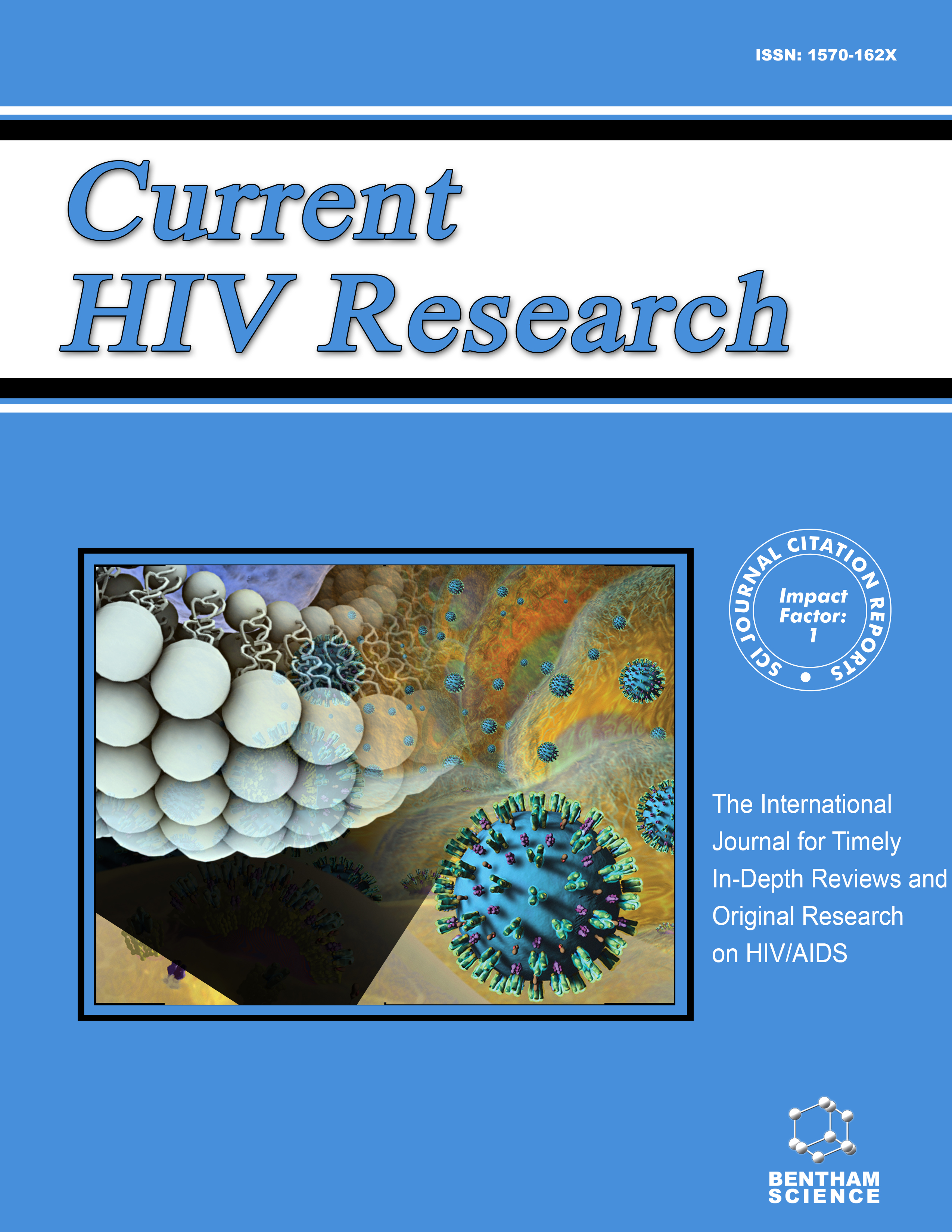
Full text loading...
We use cookies to track usage and preferences.I Understand
The incorporation of anti-HIV drugs into polymer to form polymer-drug conjugates has been reported to result in improved therapeutic activity. Zidovudine, an anti-HIV drug, was explored alone and in combination with known drug molecules using polyamidoamine-based carriers.
Polymer-drug conjugates incorporated with zidovudine, cinnamic acid, and 4-aminosalicylic acid were prepared and evaluated for their potential efficacy in vitro against pseudo-HIV-1.
Aqueous Michael addition polymerization reaction was employed to prepare the conjugates. The conjugates were incorporated with zidovudine, cinnamic acid, and 4-aminosalicylic acid. They were characterized by SEM/EDX, XRD, FTIR, NMR, LC-MS, particle size analysis, in vitro analysis, computational studies, and in silico toxicity predictions.
The conjugates displayed spherically shaped morphology. The in vitro findings showed that polymer-drug conjugates, T15 and T16, with a single drug were effective against pseudo-HIV-1 at high concentrations of 111.11 and 333.33 µg/mL, respectively. Molecular docking studies supported the in vitro results. Additionally, SwissADME, ProTox-II, and GUSAR (General Unrestricted Structure-Activity Relationships) analyses revealed that these compounds have promising antiviral potential.
The prepared polymer-drug conjugates with a single drug showed promising effects against the Pseudo-HIV-1, and the conjugates displayed features that make them potential anti-HIV therapeutics that require further studies.

Article metrics loading...

Full text loading...
References


Data & Media loading...
Supplements

